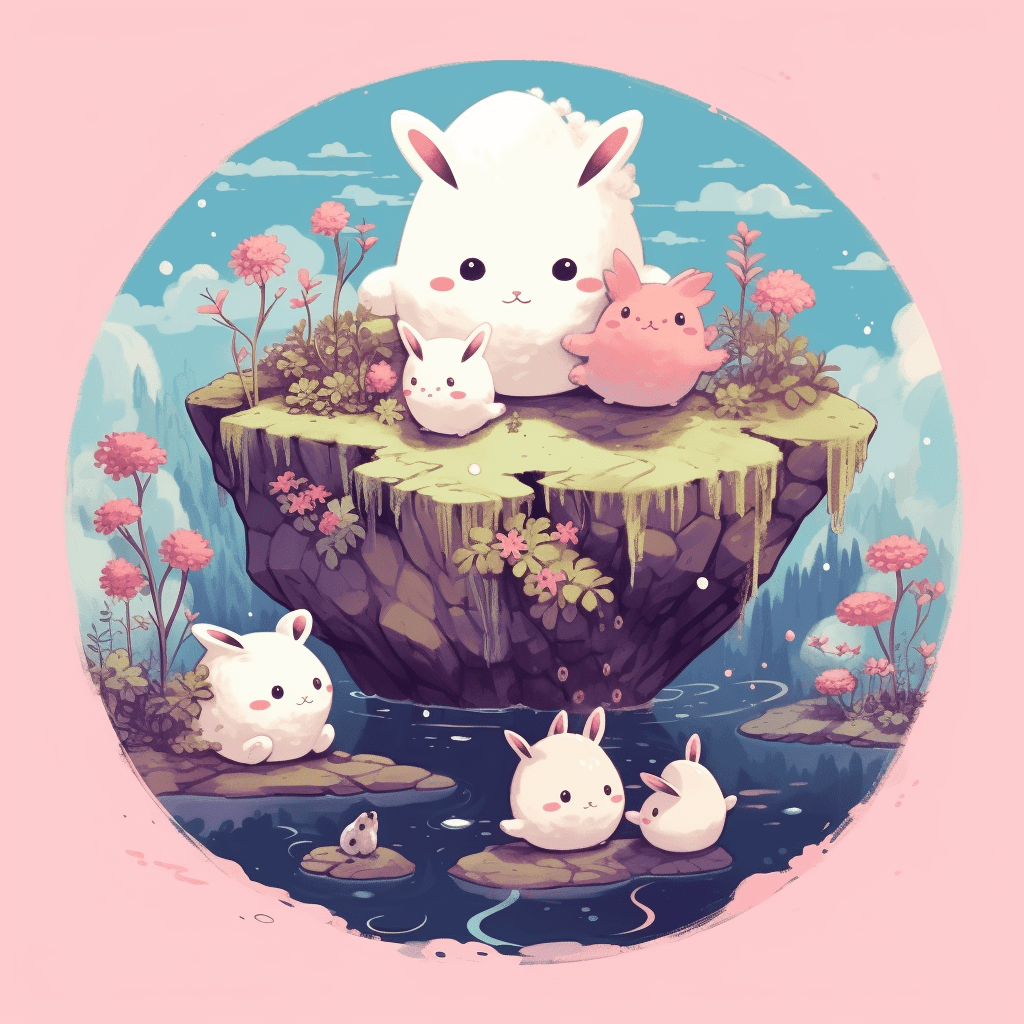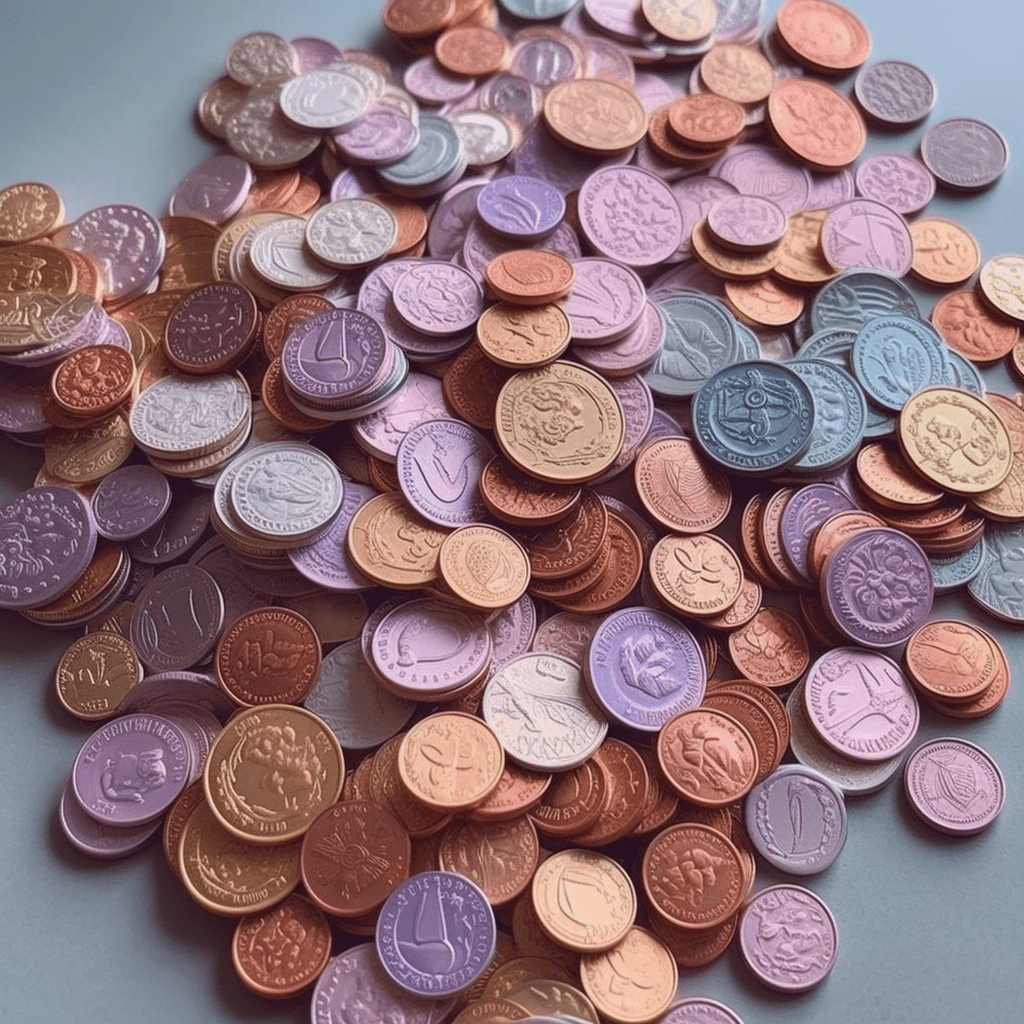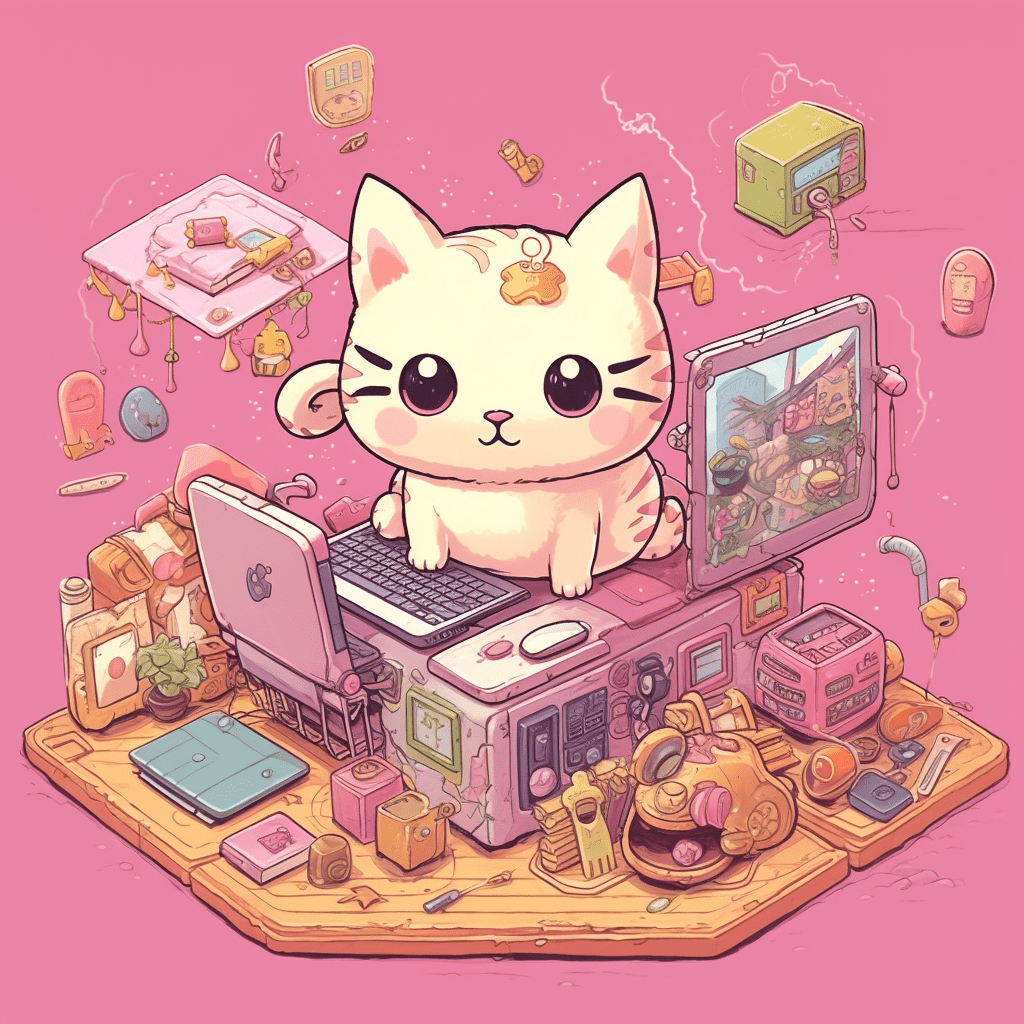Embarking on the journey of creating an NFT collection is thrilling, to say the least. It opens up a world of possibilities for artists and creators, promising unique ways to monetize digital creations. However, a question that often leaves creators perplexed is how to price their NFTs. How much does it cost to create an NFT collection is one part of the equation, the other part is figuring out the right price tag that optimizes both attractiveness to potential buyers and profitability.
Understanding the Market

The first step in pricing your NFT collection is understanding the market. Crypto art and other forms of NFTs are subject to market forces, just like any other asset. That means the price you can command for your NFTs is largely dependent on what buyers are willing to pay. Spend time on various NFT marketplaces, observe the price ranges for different types of NFTs, and take note of trends.
Quality and Uniqueness of Your Collection
The inherent quality and uniqueness of your collection play a crucial role in determining its price. High-quality artwork, innovative concepts, or exclusive content can command higher prices. If your collection offers something that is not commonly available, it is likely to be more valuable. Conversely, if your NFTs are similar to many others on the market, you might need to price them more competitively.
Your Reputation and Following
Another key factor to consider is your reputation and the size of your following. Well-known artists or creators with a large social media following often have an easier time selling NFTs at higher prices. This is because their name or brand carries a certain level of prestige and trust. If you’re just starting out or don’t have a large following, you might need to price your NFTs more modestly until you’ve built up a reputation in the NFT community.
The Rarity Factor
In the world of NFTs, rarity is a value-driver. Limited-edition NFTs or those that come with exclusive benefits for the owner can often be priced higher. Consider the scarcity of your NFT collection – if you’re minting a large number of identical NFTs, they might not be as valuable as if you were minting a smaller number of unique or limited-edition pieces.
The Underlying Costs

When pricing your NFTs, you also need to factor in the costs associated with creating and selling them. This includes the cost of creating the artwork or content, the cost of minting the NFTs, and the fees charged by the marketplace where you’re selling them. Make sure to price your NFTs in a way that covers these costs and leaves room for profit.
Choosing the Pricing Strategy
Once you’ve considered all these factors, you need to decide on a pricing strategy. You could opt for fixed pricing, where you set a specific price for each NFT, or auction-based pricing, where potential buyers bid on your NFTs. Fixed pricing provides certainty, but auction-based pricing can potentially lead to higher sale prices, especially if there’s a lot of demand for your NFTs.
Market Dynamics and External Factors
Just as with any other investment, external factors can significantly influence the price of NFTs. Economic conditions, changes in legislation or regulations relating to cryptocurrencies, and even overall investor sentiment can all have an impact. It’s essential to stay informed about the latest news and trends in the crypto and NFT world, as these can directly impact the value of your collection.
Value Proposition
Above all, the most important factor to consider when pricing your NFT collection is the value proposition it offers to potential buyers. This could be the enjoyment they get from owning a unique piece of digital art, the utility your NFT provides (for example, access to exclusive content or experiences), or the potential for future appreciation in value. Always consider what buyers will be getting in exchange for their investment, and price your NFTs accordingly.
Considerations for Initial Pricing and Secondary Sales
It’s also worth thinking about how you want to structure pricing for initial sales and secondary sales. Some creators choose to price their NFTs relatively low initially to attract a broad range of buyers, with the hope that value will increase over time in the secondary market. This can be a good strategy for new creators looking to build a name for themselves in the NFT space.
Alternatively, if you’re an established creator with a strong following, you might choose to price your NFTs higher initially. This can help to establish a high perceived value for your work, and buyers may be willing to pay a premium for the chance to own one of your pieces.
In Closing

As you can see, pricing an NFT collection is a complex process that requires careful thought and strategy. By considering the factors outlined above and keeping a close eye on market trends, you can increase your chances of finding the right price point – one that attracts buyers and rewards you fairly for your creative efforts.
In the rapidly evolving NFT landscape, staying flexible and being willing to adapt your approach as needed is key. And remember, while getting the pricing right is important, it’s also essential to focus on creating high-quality, unique content that offers genuine value to your audience.
